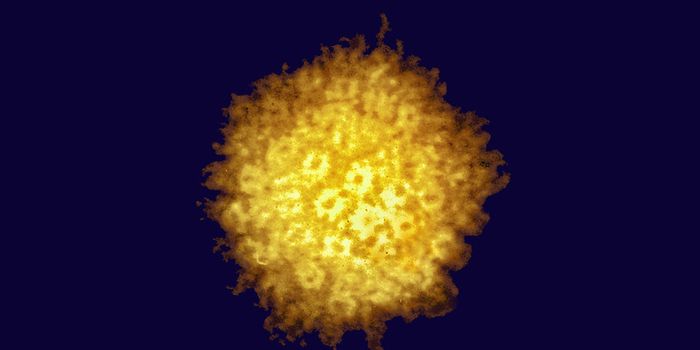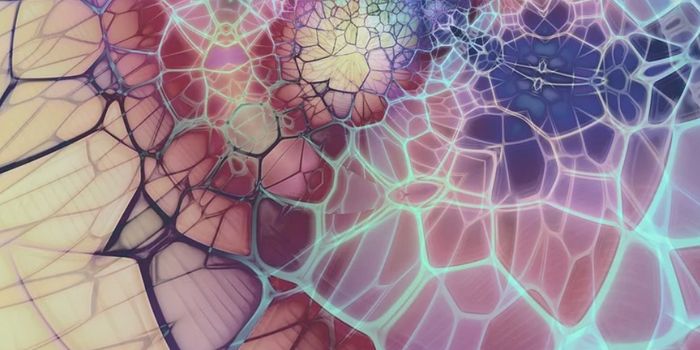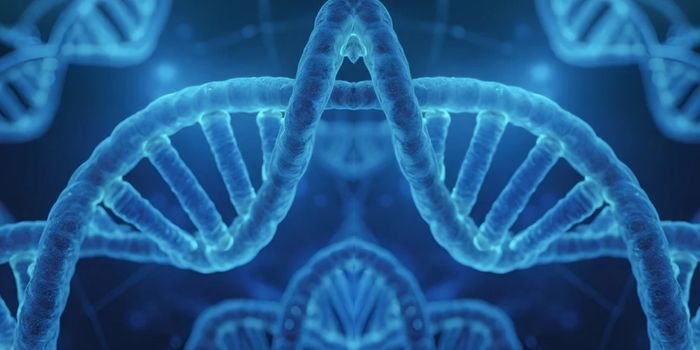Researchers at the University of Veterinary Medicine in Vienna showed that
Bacillus cereus forms “small colony variants” in response to
aminoglycoside antibiotics.
Bacillus species are known to produce
endospores when faced with harsh conditions. Until now, however, scientists were not sure whether these bacteria could form so-called small colony variants (SCVs). SCVs grow slowly and produce small, atypical colonies. They also persist in mammalian cells and can withstand antibiotic treatments. According to study author Erlike Frenzel, “the bacterium protects itself against the harmful effects of the antibiotics by forming these SCVs. But
B. cereus is usually treated with exactly those antibiotics which induce the SCV state. If an antibiotic triggers the formation of SCVs, it also triggers resistance”.
B. cereus causes food-borne illness and produces several toxins. One toxin,
cereulide, destroys mitochondria and causes nausea and vomiting. The
B. cereus SCVs produced more cereulide, but did not secrete other virulence factors like
phospholipase or
sphingomyelinase. They also had phenotypic and metabolic properties distinct from typical cells, which could result in misdiagnosis. Overall, the SCVs were less virulent, but persisted longer in a
waxworm infection model.
For
B. cereus SCVs, Frenzel recommends a multi-pronged approach to treatment - using multiple antibiotics, not just aminoglycosides. What’s more, cells such as
Staphylococcus aureus that produce SCVs are typically able to revert back to their normal phenotype, but the transition for
B. cereus appears to be permanent.
Sources:
Eurekalert,
mBio, Wikipedia



![[Guide] 7 Strategies to Boost Laboratory Collaboration](https://d3bkbkx82g74b8.cloudfront.net/eyJidWNrZXQiOiJsYWJyb290cy1pbWFnZXMiLCJrZXkiOiJjb250ZW50X2FydGljbGVfcHJvZmlsZV9pbWFnZV83YzBjZWIwM2Y5YzI4MmFlYzBhZDZhMTcyNTQ1ZGU3YmE4Y2MzMDYyXzUxNDkuanBnIiwiZWRpdHMiOnsidG9Gb3JtYXQiOiJqcGciLCJyZXNpemUiOnsid2lkdGgiOjcwMCwiaGVpZ2h0IjozNTAsImZpdCI6ImNvdmVyIiwicG9zaXRpb24iOiJjZW50ZXIiLCJiYWNrZ3JvdW5kIjoiI2ZmZiJ9LCJmbGF0dGVuIjp7ImJhY2tncm91bmQiOiIjZmZmIn19fQ==)





